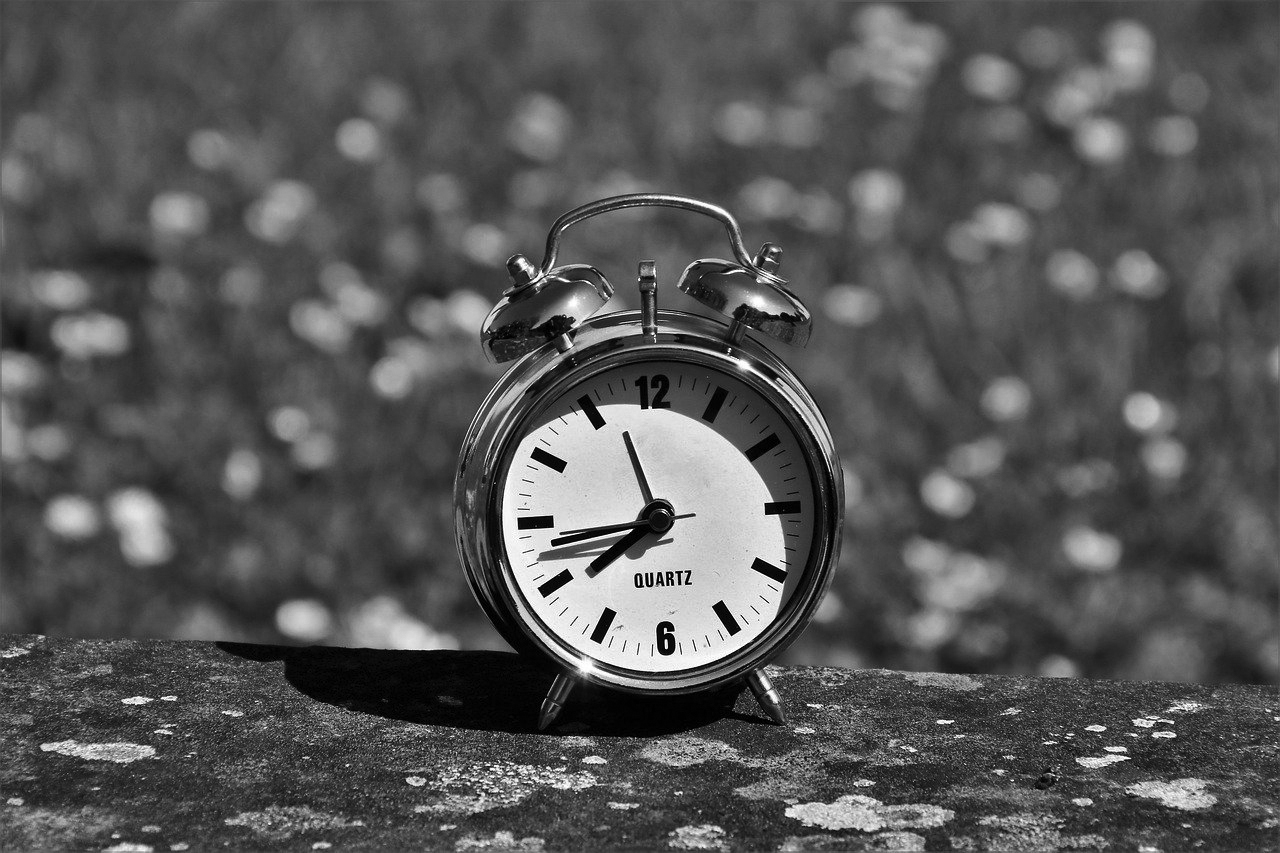BY KAROLINA DOMBAXI, STAFF WRITER
Daylight Savings officially ended on Nov. 7, 2021, at 2 a.m. However, daylight savings is more than just an extra hour of sleep. Along with the start of fall, it can impact the mental health of a lot of people. To give a little background, Daylight Savings first started in theUnited States during World War I when Americans noticed that Germany was changing time to conserve fuel and extend power. Americans copied that but stopped shortly after the war ended. In 1966, the U.S. Department of Transportation was founded and set the dates for daylight savings time across the country.
Two states that do not observe daylight savings time are Arizona and Hawaii. The U.S. territories of Puerto Rico, Guam, the U.S. Virgin Islands and Samoa also do not observe daylight savings time. The state of Oregon wants to stop observing daylight savings time along with Washington and California. But it cannot happen yet because Congress still has not given the stamp of approval for the change.
Daylight savings time also brings around the discussion of how mental health is affected during the fall and winter seasons. Seasonal Affective Disorder (also known as SAD) is a form of seasonal depression. It usually starts in the fall and lasts until the arrival of spring. However, it is not uncommon for people to also experience SAD during the warmer months. It has been linked to a chemical imbalance in the brain due to shorter daylight hours during the winter. SAD is more common in women than men. People living far from the equator are more likely to experience it.
SAD is more than just the “winter blues.” It is diagnosed depression that can be mild or very severe. Some symptoms would include depression, loss of interest in activities people previously enjoyed, changes in appetite, change in sleep, loss of energy, fatigue, feeling worthless and thoughts of suicide.
SAD can be treated with light therapy, talk therapy and even antidepressant medication. Light therapy is sitting in front of a light therapy box or lamp that emits light for about 20 minutes a day. Talk therapy would include cognitive behavior therapy which focuses on challenging behaviors and improving emotional regulation. The type of antidepressant most commonly used for SAD would be selective serotonin reuptake inhibitors. These antidepressants treat depression by increasing serotonin levels in the brain. Symptoms of SAD should be diagnosed by a professional so that they will not be confused with other health problems.
Some tips to deal with SAD as the days get darker would be to journal. Getting all the thoughts and worries down on paper instead of keeping emotions bottled up. Physical activity is also a great way to boost moods and decrease stress. Reaching out to support systems is helpful too. Even though it might seem the days are always dark, it is beneficial to seek out the sun when it is out and spend time outside to increase vitamin D levels and have a better emotional state.






